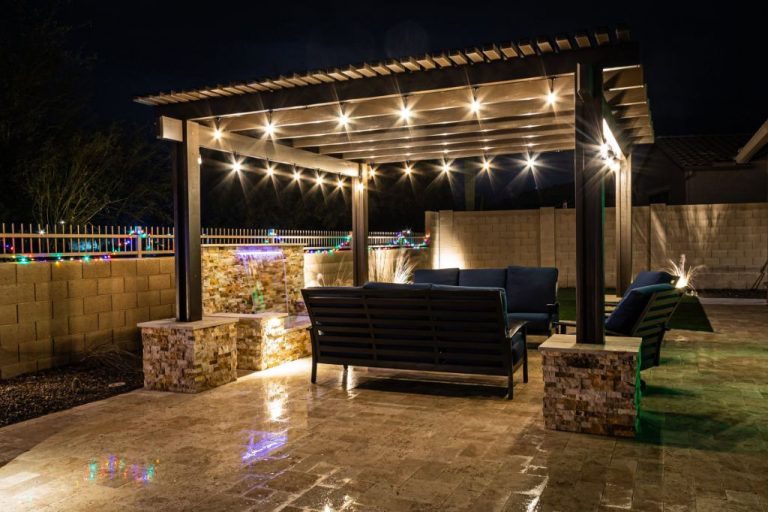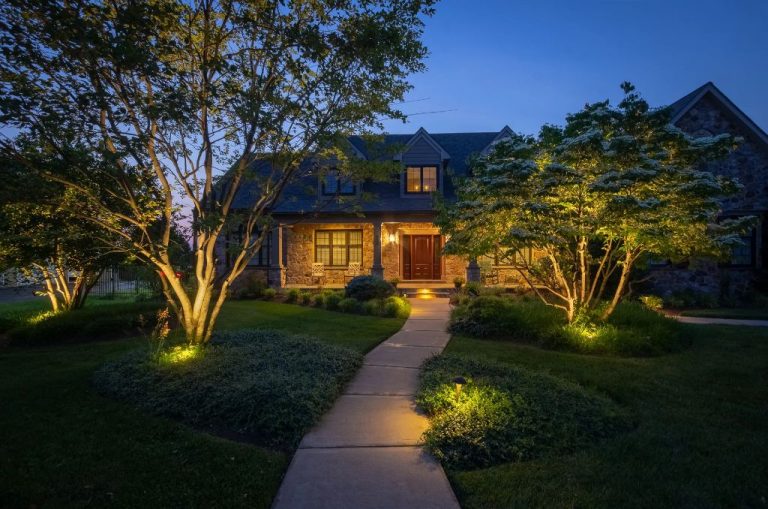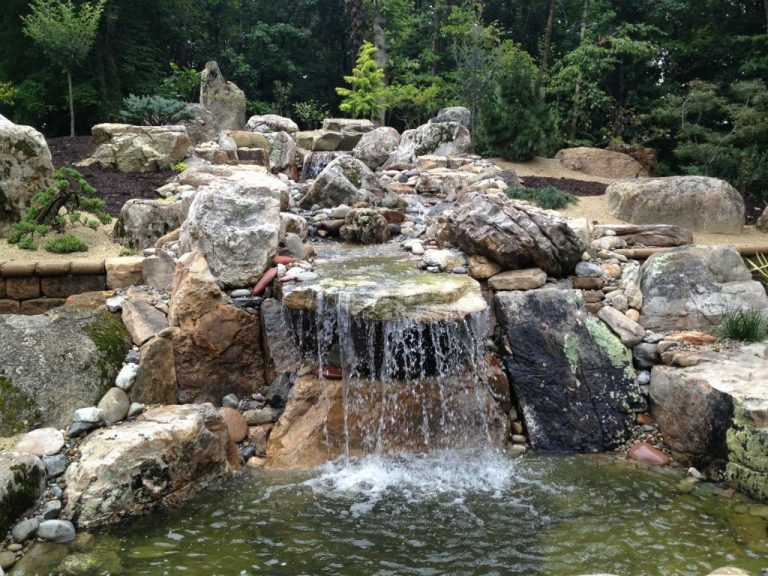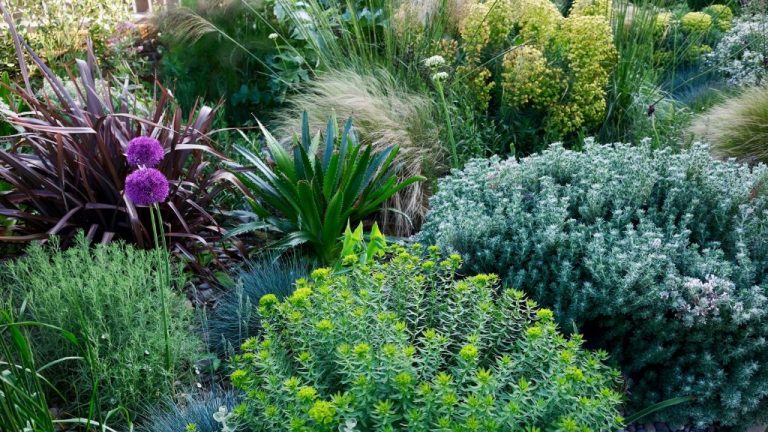Garden Pathways: Beautiful And Functional Landscape Designs
Garden pathways serve both functional and aesthetic purposes in landscape design. They create visual interest while also helping people navigate comfortably through outdoor spaces (https://www.surroundslandscaping.com/the-allure-of-garden-paths-walkways/). Pathways guide visitors to different areas of the garden and highlight beautiful plants and features along the way. They establish a layout that connects the entire garden together. Thoughtfully designed pathways make yards more usable by delineating spaces and creating flow.
Garden paths also provide hardscape surfaces that are easier to walk on than grass or dirt. This allows people to fully enjoy being outdoors without trudging through mud. Pretty pathways lined with flowers, bushes, trees or other greenery create an immersive experience that connects us with nature.
This article will explore popular materials, designs, and tips for incorporating pathways to enhance the form and function of home gardens.
Types of Materials
There are many options when it comes to materials for garden pathways. Some popular choices include:
Stone – Natural stone like flagstone, bluestone, or slate can make an elegant garden path. Stone comes in a variety of shapes, colors and textures. It is durable and low maintenance but can be more expensive. Stone pathways should have a solid base like concrete to prevent sinking and shifting. Sources recommend using local stone whenever possible (https://www.themiddlesizedgarden.co.uk/garden-path-materials-the-good-the-bad-and-the-beautiful/).
Gravel – Gravel made from pebbles or crushed stone is affordable and easy to install. It provides good drainage. Drawbacks are that gravel can shift, scatter and require edging. For best results, use at least 3 inches of compacted gravel over soil. Popular types are pea gravel, river rock and crushed granite (https://www.lawnstarter.com/blog/home-improvement/garden-path-materials/).
Wood – Wood materials like mulch, chips and planks can create natural looking pathways. However, wood decomposes over time so will need periodic replacement. Pressure-treated lumber or hardwoods like cedar are best for wood plank paths. Make sure to leave gaps between planks for drainage. For wood chip paths, use at least 4 inches of material.
Stone Pathways
Stone pathways create a beautiful and natural aesthetic in any outdoor space (Luxury Landscape, 2023). The most popular types of stone used for pathways are granite, bluestone, and flagstone.
Granite is an extremely hard and durable natural stone that comes in a variety of colors and textures. It can withstand decades of foot traffic as well as extreme weather conditions. Granite pathways have a refined, elegant look (Stonesolutionsmaine.com, 2023).
Bluestone is a natural sandstone quarried from the earth. With its blue-gray hues, it has a charming, old-world feel. Bluestone can be laid in an irregular pattern, giving pathways a free-flowing, organic shape (Stonesolutionsmaine.com, 2023).
Flagstone comes in a range of earthy colors like reds, browns and grays. Its uneven, staggered pattern results in rustic pathways with lots of character. Flagstone is budget-friendly compared to other natural stones (Luxury Landscape, 2023).
Gravel and Wood Chip Paths
Gravel and wood chips are common, affordable materials for garden pathways. Gravel paths have a rustic, natural look and provide a firm surface for walking. Wood chips add softness and a natural yet well-kept aesthetic. However, both materials have pros and cons to consider.
Some advantages of gravel paths include:
– Low cost material that’s easy to install (Source)
– Provides a firm, stable walking surface (Source)
– Natural rustic appearance that enhances the garden
However some potential drawbacks are:
– Can migrate out of place over time (Source)
– Gravel pieces can lodge in shoe treads (Source)
– Not ideal for mobility devices or strollers (Source)
Wood chips provide aesthetic and practical benefits like:
– Soft, natural look that enhances garden spaces (Source)
– Cushioned surface is gentle underfoot (Source)
– Decomposes to enrich soil over time (Source)
However potential cons of wood chips include:
– Need regular replacement as they decompose (Source)
– Can attract unwanted pests like termites (Source)
– Not ideal for muddy areas or steep slopes (Source)
Overall gravel and wood chips both provide affordable, natural looking options for garden pathways if the pros and cons fit the needs of the specific landscape design.
Brick and Concrete Paths
Both brick and concrete pavers offer their own advantages and disadvantages for pathway designs. Some key considerations when comparing these options include:
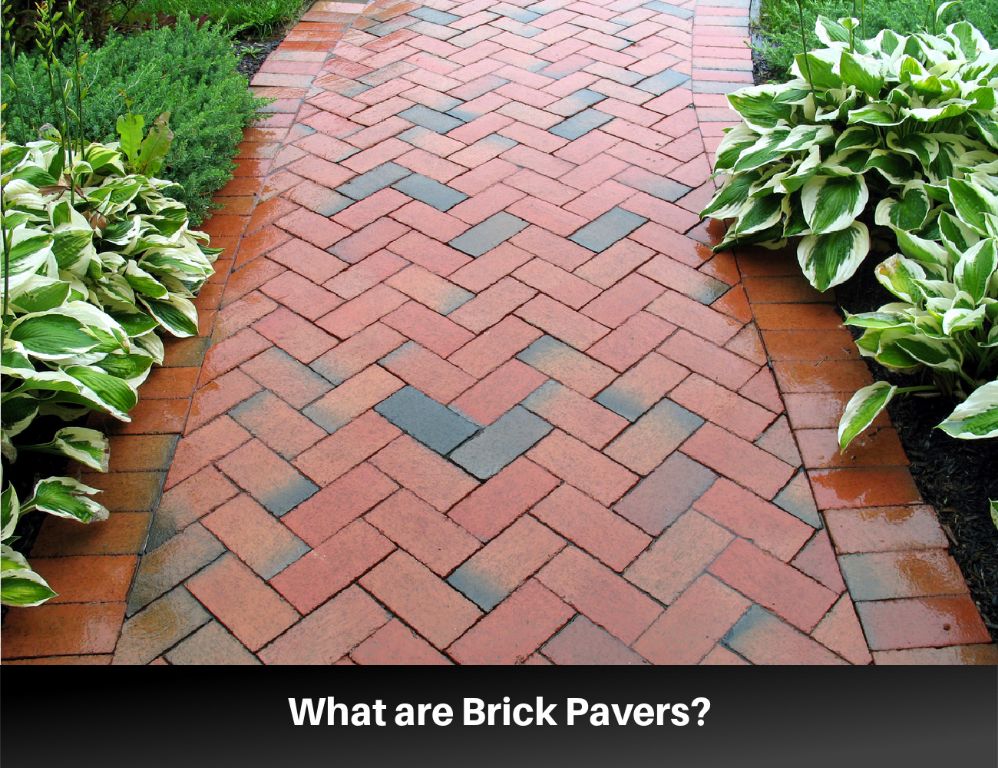
Concrete pavers are generally more affordable, with typical costs between $3-7 per square foot according to Comparing Pavers: Brick vs. Concrete. They come in a wide variety of shapes, colors and textures for design flexibility. Concrete is also easier for DIY installation. However, plain concrete can crack over time and does not have the charming, traditional look of brick.
Clay brick pavers have a timeless aesthetic and patina that develops character over time. Prices range from $10-20 per square foot (How to Choose Between Brick and Concrete Pavers). Bricks offer a non-slip surface but do require more expertise to install properly. They also must be sealed periodically.
Overall, concrete tends to be the budget option that is good for modern or geometric designs. Brick suits traditional garden styles and offers long-lasting durability despite higher upfront costs.
Wood Plank Pathways
Wood plank pathways can create a rustic and natural look in your garden. Popular woods to use for garden pathways include cedar, redwood, and pressure-treated pine.
Cedar and redwood are naturally rot-resistant woods that don’t require a lot of maintenance. They have beautiful reddish hues that can complement garden landscapes. According to https://www.youtube.com/watch?v=Cp5pHPpzalQ, cedar is a great wood for outdoor use as it is naturally resistant to insects and decay.
Pressure-treated pine is an affordable option but will need to be sealed and periodically re-stained to protect it from weathering. According to https://www.youtube.com/watch?v=Cp5pHPpzalQ, you should use an exterior grade wood stain or sealer made for outdoor wood projects.
When installing wood planks, allow for gaps between the boards to let water drain. A gravel or sand base under the planks can help with drainage. Maintaining the finish yearly will help the pathway last longer.
Layout and Design
The layout and design of garden pathways involves some key considerations like path width and whether to make paths meandering or straight. Most experts recommend a minimum path width of 3-4 feet for main pathways to accommodate two people walking side-by-side comfortably (https://cmg.extension.colostate.edu/Gardennotes/413.pdf). Narrower paths around 1-2 feet wide can work well for smaller side paths and stepping stone paths.
Meandering paths typically create a more natural, informal feel compared to straight paths. Curving paths also reveal the garden in stages, creating an element of mystery and anticipation. However, straight paths can allow for better views and work well in formal, geometric garden designs. When laying out curving paths, make sure to use gentle, wide curves instead of tight turns for ease of use and maintenance like mowing and edging (https://www.prettypurpledoor.com/garden-design-principles/).
Stepping Stones
Creating stepping stone paths can add visual interest and whimsy to your garden design. Carefully placing stones of different shapes, sizes, and colors allows you to guide visitors through your landscape. Stepping stones are a budget-friendly way to define areas and develop a walking path without costly materials.
When selecting stepping stones, opt for durable materials like concrete, granite, or slate that can withstand weather and foot traffic. Stack flat stones or use partially buried stones to create an uneven walking surface that resembles a natural stone pathway. Space stones close enough for easy walking but far enough apart to allow grass and plants to grow between them.
For inspiration, check out how this homeowner used a mix of round, square, and irregularly shaped stepping stones to develop a charming garden path.
With some creativity, you can lay stepping stones in shapes, patterns, or designs. Try spelling out words, arranging them in a zig-zag, or clustering them to form wider rest areas along the path. Low-growing plants like thyme or Irish moss planted between the stones can provide visual interest and fill in over time.
Stepping stones allow you to create a functional and beautiful path or walking space anywhere in your landscape design.
Lighting
Proper lighting is crucial for illuminating garden pathways at night and improving visibility and safety. There are several effective options for lighting up your outdoor walkways:
Low-voltage pathway lights can be installed along the sides of garden paths, providing a soft glow to define the route. Opt for warm light bulbs around 2700-3000K to create an inviting ambiance. Spacing the lights every few feet ensures consistent coverage (Source).
Downlights in overhanging trees can cast a moonlight effect on winding pathways. Up-lights placed discreetly under benches or posts also contribute subtle wayfinding light. Go for energy-efficient LED bulbs for reliability and cost savings (Source).
Solar-powered lights are an eco-friendly option requiring no wiring. Position solar path lights along the edges of the route to illuminate the way. Choose fixtures with bright output to overcome any reduced sunlight exposure.
Smart lighting systems allow customizable control from your smartphone. Programmable dimming, timers, and motion activation ensure the path lights operate conveniently and efficiently.
The strategic use of lighting transforms garden pathways from day to night, allowing people to safely navigate and enjoy the space after sunset.
Conclusion
Garden pathways serve both functional and aesthetic purposes. They provide walkways through a landscape while also adding visual interest. When designing garden pathways, there are many material options to consider such as stone, gravel, brick, concrete, and wood. Each material has its own look and feel. Stone and gravel pathways can create a natural, rustic aesthetic while materials like brick and concrete have a more formal, structured appearance.
In addition to choosing materials, the layout and shape of the pathway is also an important design decision. Curving, meandering paths work well in natural landscapes. Straight pathways with clean lines can complement a more formal garden. Stepping stones are a great option for creating winding, informal pathways. Thoughtful lighting along a garden path can also enhance the landscape’s beauty and function.
Overall, garden pathways serve the dual purposes of directing foot traffic through a landscape while also contributing to the garden’s aesthetic qualities. Careful planning and design ensures pathways are both beautiful and functional.

